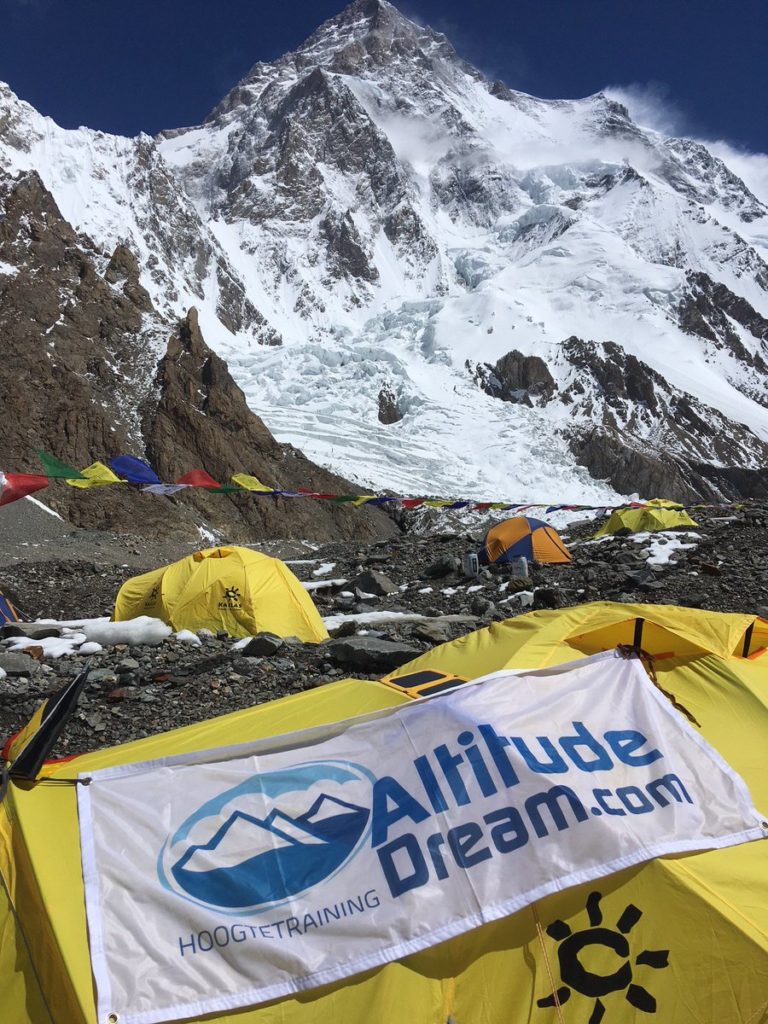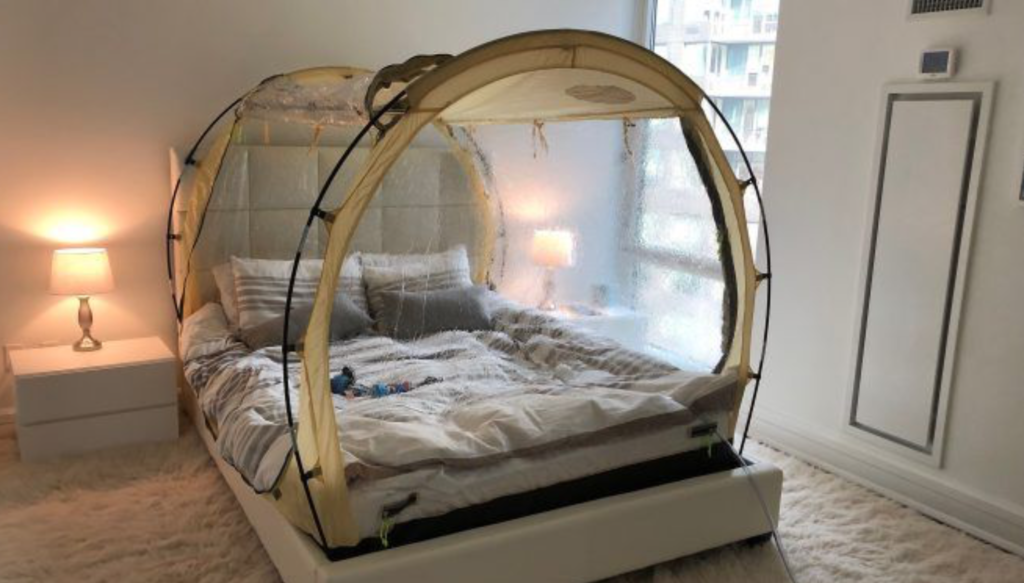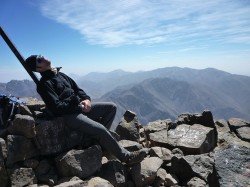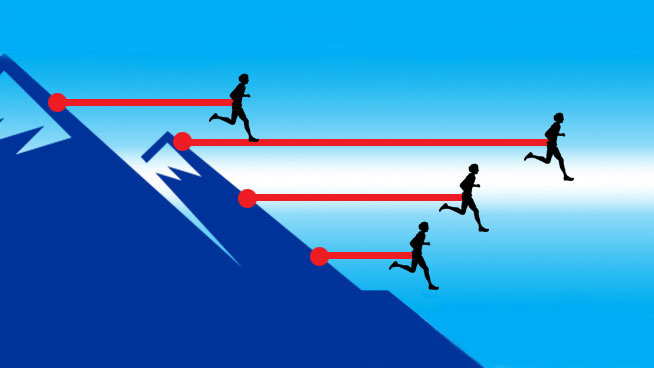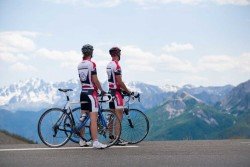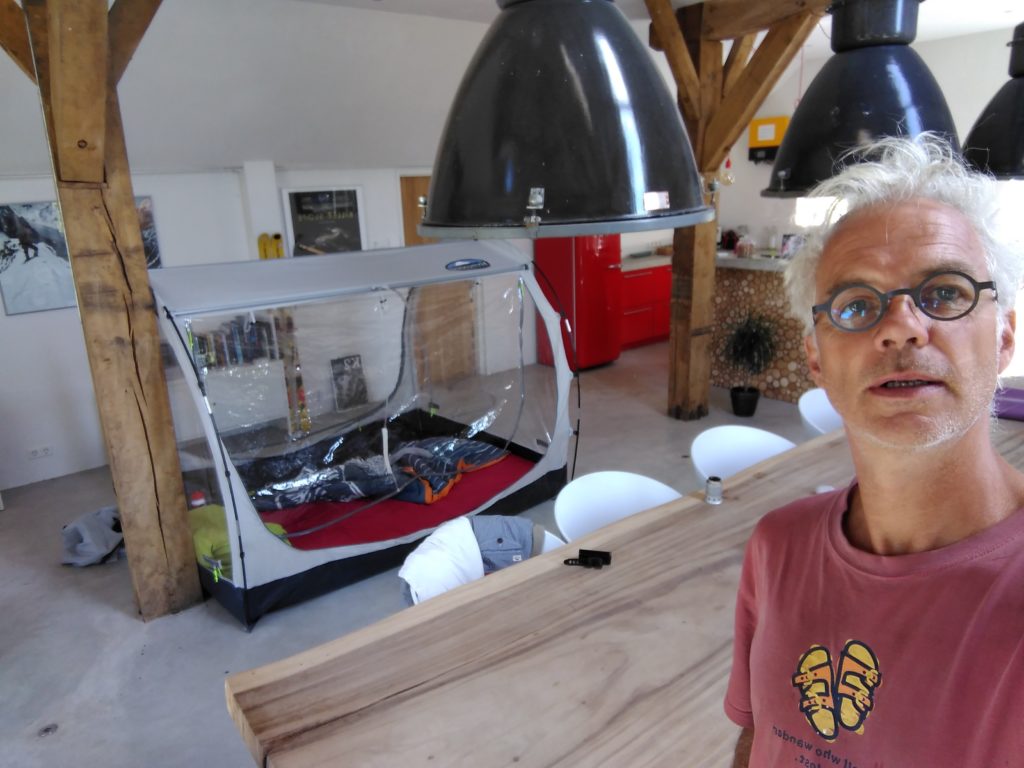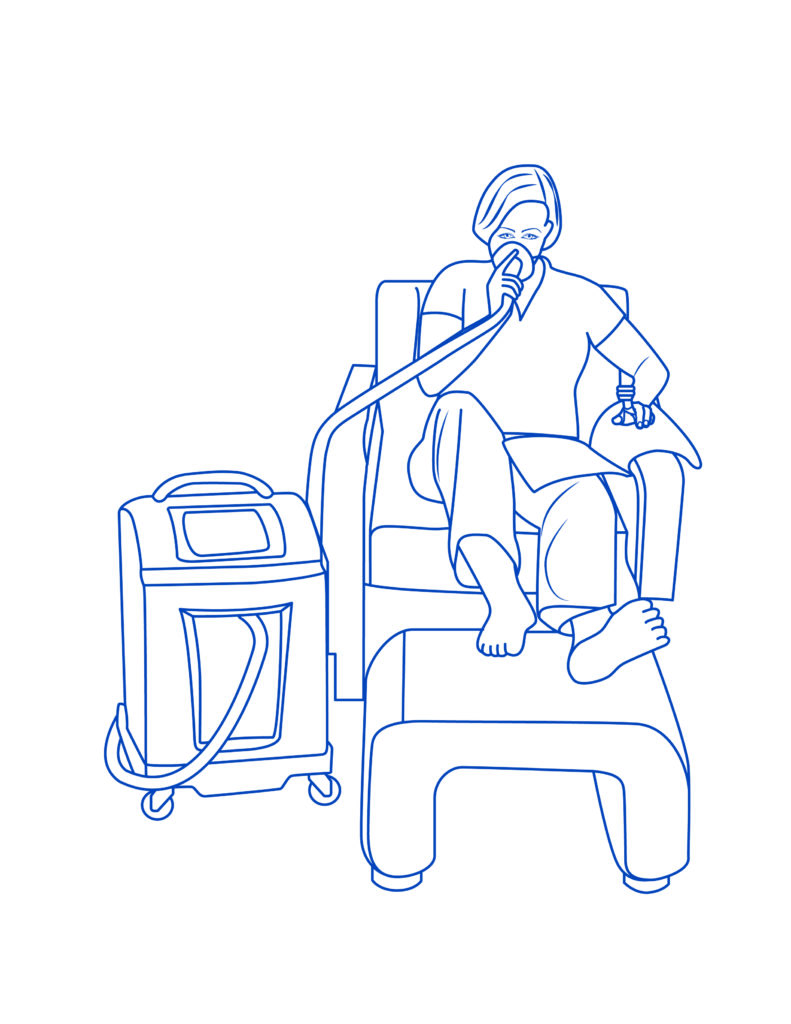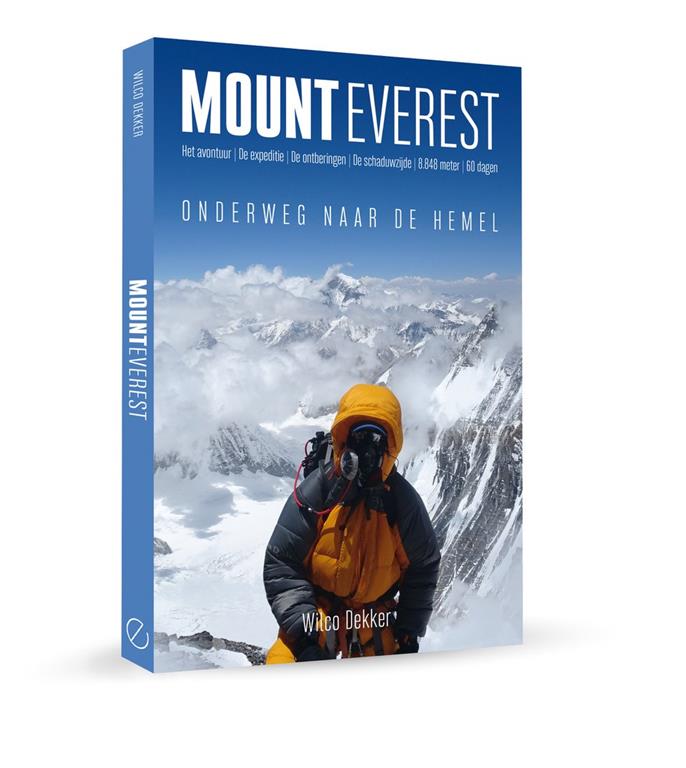- All
- Prevent altitude sickness
- Improve sports performance
- Scientific advice
La Marmotte. Did Wiebe benefit from his altitude tent?
In his preparation for la Marmotte, Wiebe went on altitude training in his own bedroom. Now he reports on the result. How did he fare during this legendary granfondo?
TÆRU, Belgium's very first height hotel with more than 10 height rooms
In the heart of the Ardennes (Erezée), Altitude Dream is currently helping to build a new and special project, namely Tæru. Tæru will be the very first Belgian 'altitude hotel' with more than 10 rooms at altitude and a place where enjoyment and endurance merge. A unique setting, tailored to the needs of each athlete. A place to exercise and push your limits, but also to relax and recover. Former triathlete Dirk Baelus is the founder and inspirer behind Tæru and we asked him a few questions about this unique…
Why do I sleep so restlessly in the mountains?
Climbers often notice that they do not sleep well and feel rested when in the mountains. What is often experienced is waking up several times. This results in broken nights. Fortunately, there is nothing serious going on. The cause, again, lies with the reduced oxygen tension. It causes the phenomenon of 'periodic breathing'. This means that a person does not breathe as usual, but in this case stops breathing for a while and then compensates this pause by breathing faster.
Does being in good shape help against altitude sickness?
The level of fitness a person needs depends on the physical demands of the trip: the duration of the trip as a whole, the number of hours active during the days, the amount of rest days, the amount and weight of the pack, the environment and the type of activity. It is important to have a clear picture of all this in order to be able to train specifically and increase the chances of successfully completing the climb.
How can altitude sickness be prevented?
You should limit the speed at which you ascend by taking as much time as possible for acclimatisation. From experience we know that between 2500 and about 4000 metres is a safe ascent rate for almost everyone of about 300 metres per day. The speed of ascent is the difference in sleeping height between two stages of the day. As it takes an average of 4-12 hours for altitude sickness to develop after an ascent, when passing a high pass in between, there is no additional risk of altitude sickness. Many people can climb up to 500 m sleeping altitude difference per day without any problems.…
What is high cerebral edema?
Altitude cerebral oedema (HACE) is also a disease that can occur at altitude. It is more commonly seen from 3700 m, but can already occur from 2600 m. This disease also involves fluid accumulation. This is not in the lungs, but in the brain: the control centre of our body and therefore crucial for our survival. The fluid accumulation causes the brain to swell and take up more space. This increases the pressure, which impedes the blood supply and drainage, and causes the brain to become more vulnerable to the pressure.…
What is pulmonary oedema?
Altitude pulmonary oedema is another illness that can occur at altitudes as low as 2500 m. The term oedema refers to an accumulation of fluid. As the name suggests, this accumulation occurs in the lungs, more specifically in the alveoli. Gas exchange takes place in these alveoli. The oxygen from the inhaled air is absorbed into the alveoli and exchanged for the waste gas carbon dioxide.
Recognising altitude sickness and how to act
AMS is diagnosed according to the following three criteria: A total score of 3 or more on the Lake-Louise questionnaire When making the diagnosis, AMS can be subdivided into mild, moderate and severe AMS, based on the Lake-Louise questionnaire. The latter two are treated in the same way and are therefore grouped together for convenience.
What is the cause of altitude sickness?
As we climb to higher altitudes, much changes in the environment. Apart from the fact that the air is less polluted and the trees make way for rocks and snow, the composition of the air also changes. One of these changes is that the oxygen partial pressure is getting lower. So there are fewer oxygen molecules in the same volume of air than at a lower altitude. The annoying thing is that the climber needs a lot of this to get up the mountain. However, the body can cleverly deal with…
Altitude training for runners
Altitude training is a part of almost all elite training programmes for runners. More than 95% of the medalists at the World Championships and the Olympic Games have lived or trained at altitude. This simulated altitude takes place over a period of weeks or months. Studies say it takes 21 to 28 days for the body to adapt. The benefits of exposure have little to do with training and more to do with the body's response to lack of oxygen. The first rule of altitude training is: no strenuous training or hard efforts in…
The misunderstanding of altitude training
Athletes have long used high-altitude training camps as a means to push their bodies and improve endurance and performance. At the same time, scientific professionals debate the effectiveness of altitude training on athletes. One thing Altitude Dream has learned over the past 15 years is that everyone responds differently to training at altitude or simulated altitude.
How altitude training can help fight covid-19 corona virus
During this global pandemic, many customers have asked our team how our altitude equipment can help during this crisis.
Why altitude training is not always successful.
A new analysis casts doubt on the idea that people are born as "responders" or "non-responders" to training in thin air. To understand the latest data on altitude training for endurance athletes, it is worth looking back at a seemingly unrelated study published in 2015. In it, 1,000 subjects followed a three-month training programme to see if it would lower their blood pressure.
Wilco Van Rooijen experiments with a high altitude tent
Goal was to climb 2 big 7000-ders in the Pamir mountains of Tajikistan. Namely: Korzhenevskaya peak (7105m) and the Somoni peak (7495m). To be able to do this in 3 weeks, I wanted to try and find out if acclimatization with a so called altitude tent would work. Via Altitude Dream, I came into contact with Kristof van Malderen. He is a top athlete himself and has participated in European middle-distance championships. He narrowly missed the Olympic Games.
Lotto Soudal not on altitude training: “Altitude tent gives the same effect”
"Height training is an indispensable part of cycling," says Wim Van Hoolst, trainer of Lotto Soudal. Yet his team again does not go to altitude. "Your body doesn't know whether you're sleeping in a tent or sleeping at height," he explains.
Hematocrit? Height tent? The theory behind the “top condition” of Campenaerts
Victor Campenaerts, the current World Hour record holder, says he feels “top”, thanks to a few nights in his height tent. "I want to start my last training block with an unseen high hematocrit." Can't follow anymore? Kris Van der Mieren, federal doctor at Belgian Cycling, explains it all.
Attention medical community!
Feeding COVID-19 infected patients with oxygen has not yet been successful. It's like feeding fire with oxygen! The virus feels good in an oxygen enriched environment and becomes more powerful! Applying moderate hypoxia at an early stage of the infection will block the spread of the infection through the bloodstream. This can be controlled relatively easily by exposing patients to 10 to 12% O2 and achieving oxygen saturation between 75% to 80%, alternating with short recovery periods in…
READING TIP: From Altitude Tent to the thin air of Mount Everest.
Wilco Dekker slept in a height tent of Altitude Dream for seven weeks. Until his departure to Kathmandu where he prepared to climb the world's highest mountain. Wilco shows that everyone with a healthy passion can make their dream come true through faith, trust and conviction. There are many factors that play a part in making the climb to the top successful. Dekker explains that it is, among other things, about identifying as many risks as possible at an early stage and doing everything possible…
182 Reviews
© 2024 Altitude Dream




